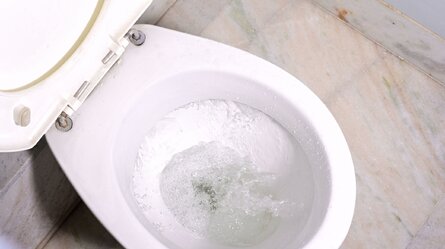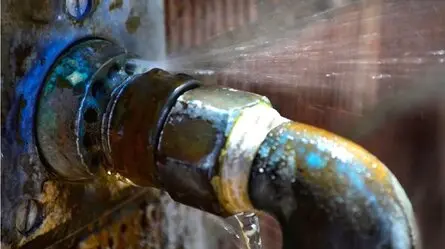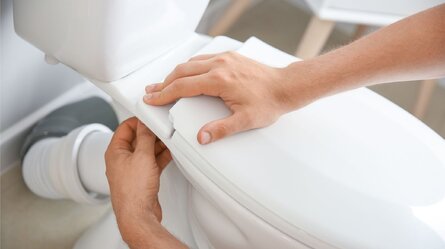Upgrading a bathroom can be exciting, but it often comes with unexpected challenges, especially in older homes. Did you know the average bathroom renovation now costs around $26,000, up from $21,000, according to Thomas Devitt, senior economist at the Housing Industry Association of Australia? It’s a big investment, so it pays to get the details right.
Across Perth and much of Australia, many homes built before the 1980s still rely on original plumbing. That means copper, galvanised steel, and clay pipes might be hiding behind your walls and under your floors. They’ve done the job for decades, but how do they hold up with modern fixtures?
One common question homeowners face is can you install a brand-new toilet without ripping up outdated pipework? The answer depends on a few key factors here’s what to know before swapping out the throne.
Getting to Know Your Bathroom’s Inner Workings
Toilets might look straightforward, but they rely on a few critical components.
First, there’s the waste pipe, which carries waste to the sewer. Then you have the water inlet valve, which controls the flush. Finally, there’s the trap, either an S-trap or a P-trap, designed to stop sewer gases from entering the home.
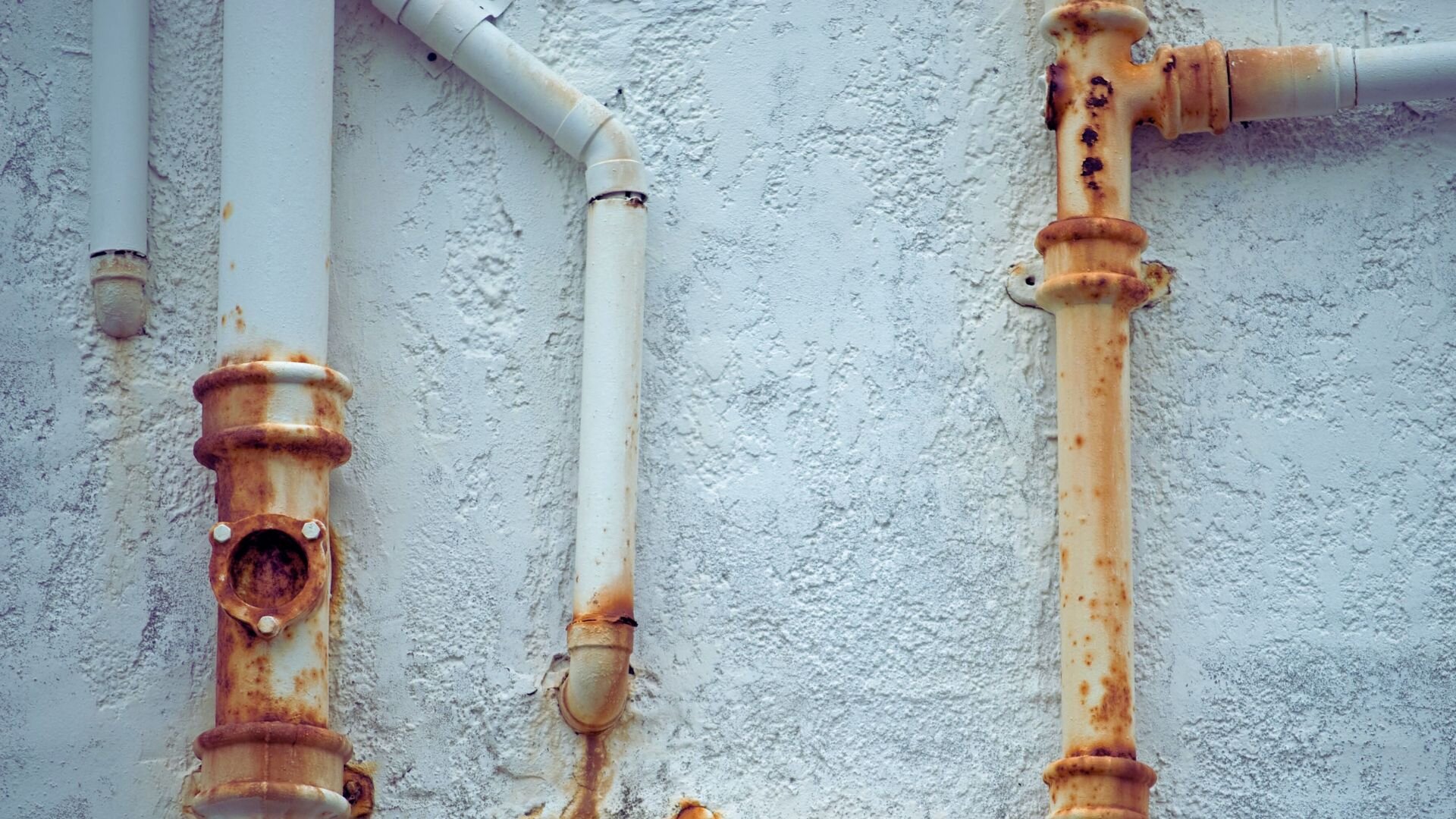
Older homes often use copper or galvanised steel for water pipes and clay for sewer lines. These materials can still function well, but tend to age differently than modern PVC or PEX options.
Plumbing layouts have also changed over time. Older systems may have tight bends, awkward access points, or unusual outlet placements. Modern builds follow standardised set-outs and alignments, making installation smoother, but that doesn’t mean older homes are out of luck.
When Old Plumbing Can Still Do the Job
Surprisingly, many older homes can handle a toilet upgrade without major changes if the existing setup is still in good shape.
If the plumbing layout hasn’t shifted since the last toilet was installed and there’s no visible corrosion or leaking, that’s a good sign. Well-maintained pipes can last for decades, especially if they’ve had some upkeep over the years.
Check that the toilet flange is still secure and sits flush with the floor. If it’s not cracked or misaligned, it can support a new fixture easily. Also, make sure the floor is level and that your new toilet matches the same outlet type, S-trap for floor outlets, P-trap for wall outlets.
Red Flags to Watch Before Installing
Before replacing your old toilet, it’s worth taking a closer look at what’s behind and beneath it. Some issues might not be obvious at first glance, but they can quickly turn a simple upgrade into a major repair job. Here are the key warning signs to keep an eye out for.
1. Rust, Calcification and Water Damage
Start with a visual inspection. Rust stains, white calcium build-up, or greenish corrosion on metal pipes often signal ageing and deteriorating materials. These can weaken over time and eventually leak or burst.
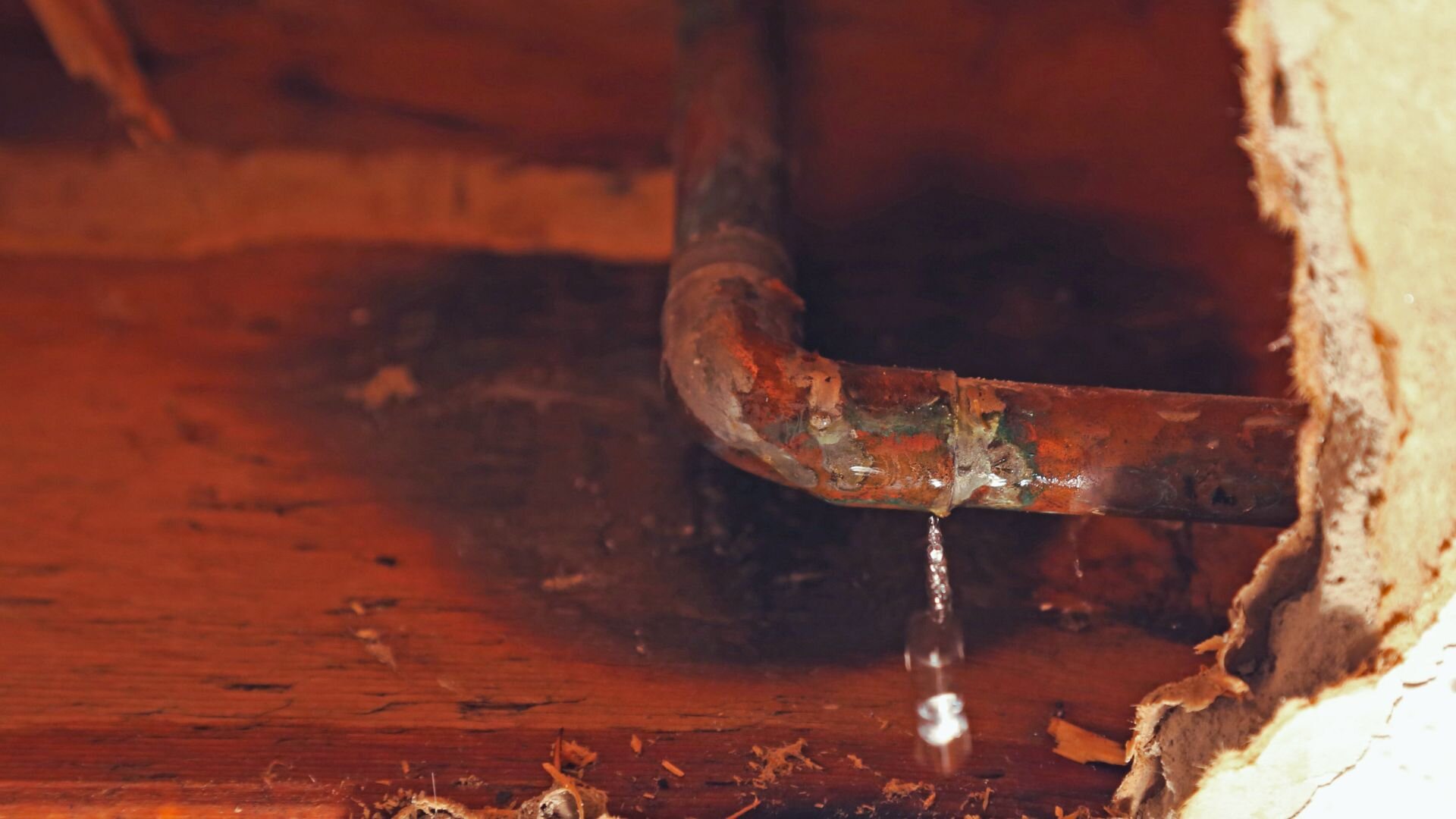
Also check the floor and surrounding areas for damp patches, swelling, or discolouration. These subtle signs of water damage could mean there’s already a slow leak somewhere behind the wall or under the floor.
2. Misaligned or Unusual Pipe Angles
If the waste outlet doesn’t line up with modern toilet configurations, you’re likely to run into installation troubles. Old homes sometimes feature custom pipe angles or unusual layouts that don’t fit today’s standard toilet designs.
In some cases, the floor might have shifted slightly over time, causing tilts or misalignment that make it difficult to get a watertight seal.
3. Gurgling Drains and Poor Water Pressure
Hearing strange sounds after flushing? Gurgling noises can be a sign of poor venting or partial blockages. This often means the waste system isn’t breathing properly and may not be able to handle a newer, more powerful flush.
Low water pressure from the inlet valve can also be a concern. Some modern toilets require a certain flow rate to function efficiently. If the pressure’s too weak, you may not get a full flush every time.
4. Outdated or Non-Compliant Components
Older plumbing systems may still contain lead connectors, thin-walled copper, or galvanised steel, all of which can pose issues today. These materials were once standard, but often don’t meet current building codes or safety standards.
Attempting to connect a new toilet to old, brittle fittings increases the risk of leaks or failures, especially if parts haven’t been touched in decades.
5. No Access for Inspection or Repairs
Lastly, a lack of inspection points, removable panels, or access hatches makes life tricky for plumbers. Without a clear way to view or reach the pipes, it’s harder to identify small issues before they become big ones.
Upgrading a toilet without proper access can lead to unexpected demolition work later on, something no one wants mid-renovation.
Choosing the Right Toilet for Old Pipework
Not all toilets are created equal, and some are better suited to legacy plumbing systems.
Understanding your trap type is key. An S-trap connects to the floor, while a P-trap connects to the wall. Get this wrong and you’ll have a big mess on your hands. Also, the setup of the distance from the wall to the outlet must match or be adjustable.
Close coupled and connector toilets often offer more flexibility with older set-ups. Wall-faced units may require stricter alignment and more modern pipework.
Consider if the outlet is rear or bottom based this affects how the waste aligns. Opt for models with adjustable set-outs if you’re unsure. And don’t forget water efficiency look for high WELS-rated options with effective flush performance.
Why a Licensed Plumber Should Handle the Job
Installing a toilet may seem like a simple DIY task, but when older plumbing is involved, it’s best left to the professionals.
A licensed plumber can identify compatibility issues, conduct pressure testing, and make sure everything is up to code. They know where to look for hidden problems like hairline cracks or slow leaks that could cause damage later.
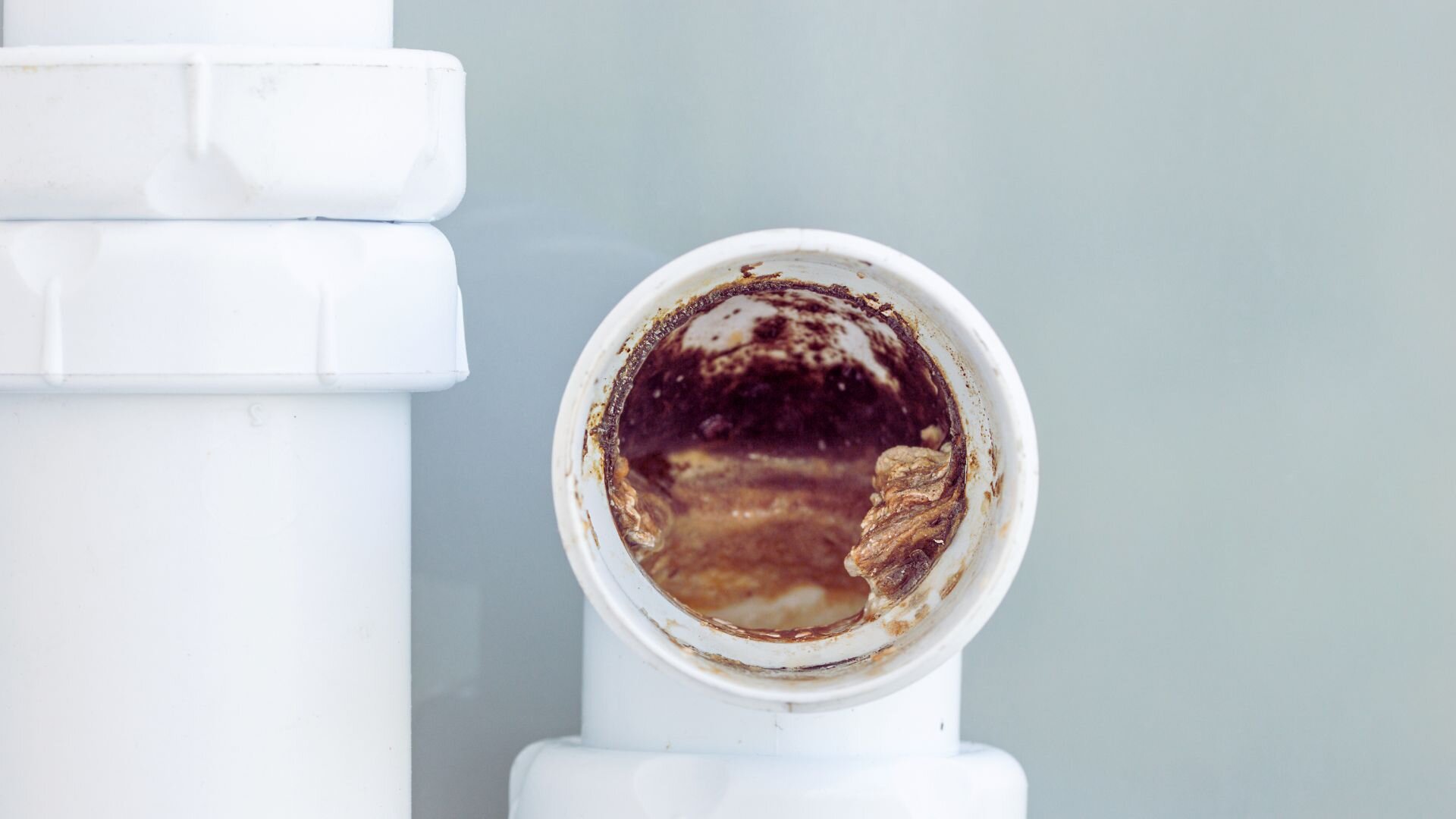
DIY attempts often result in cracked tiles, water damage, or improperly sealed fittings. Worse, they may not meet local council regulations, which can void warranties or insurance.
Hiring an expert means peace of mind that the job’s done properly, safely, and efficiently.
Don’t Make These Common Mistakes
Even with the best intentions, homeowners often get tripped up during a toilet upgrade.
- Don’t assume your chosen toilet will fit your existing setup
- Skipping an inspection of the waste connection is a costly oversight
- Reusing old seals, washers, or fittings can lead to slow leaks
- Ignoring the slope of the floor or the height of the flange affects performance
- Choosing a unit that doesn’t suit your home’s water pressure leads to weak flushes
A bit of planning up front avoids a lot of mess later.
Bathroom Upgrades That Add Lasting Value
A new toilet isn’t just about looks; it can improve comfort, efficiency, and even your home’s resale value.
Modern designs use less water, flush more effectively, and often include soft-close lids and rimless bowls for easier cleaning. These upgrades help future-proof your home.
If you’re already updating the toilet, it’s worth looking at the flooring, vanity, or ventilation system too. A coordinated refresh adds functionality and aesthetic appeal.
With the right advice, you’ll not only enjoy a more comfortable space but feel confident the job’s been done right no guesswork involved.
Flush with Confidence
Here’s the good news: installing a new toilet doesn’t always mean tearing out old pipes. In many older homes, the existing plumbing can still support modern fixtures if the right conditions are in place. With a few key checks, a simple toilet upgrade is entirely possible without major disruptions.
The key is proper planning and having a qualified plumber assess your setup before you buy. From matching trap types to confirming pipe condition and water pressure, expert advice can save you time, money, and hassle. It also ensures your new toilet operates efficiently and complies with current plumbing standards.
Woolf Plumbing offers licensed toilet installations throughout Perth, with experience in both new and heritage homes. Whether you’re replacing a tired old toilet or tackling a full renovation, they’ll help you navigate outdated pipework with ease. Ready to upgrade your bathroom with confidence? Reach out today for support you can trust.


